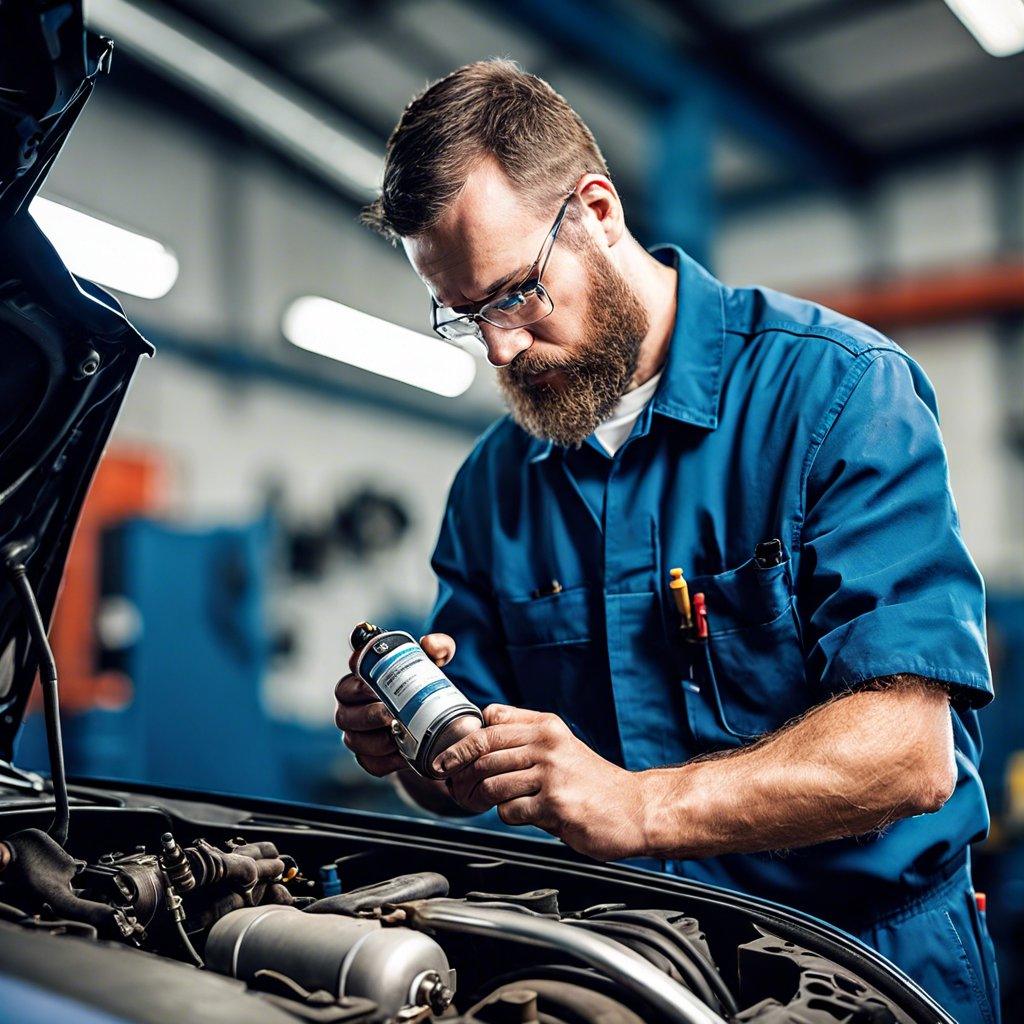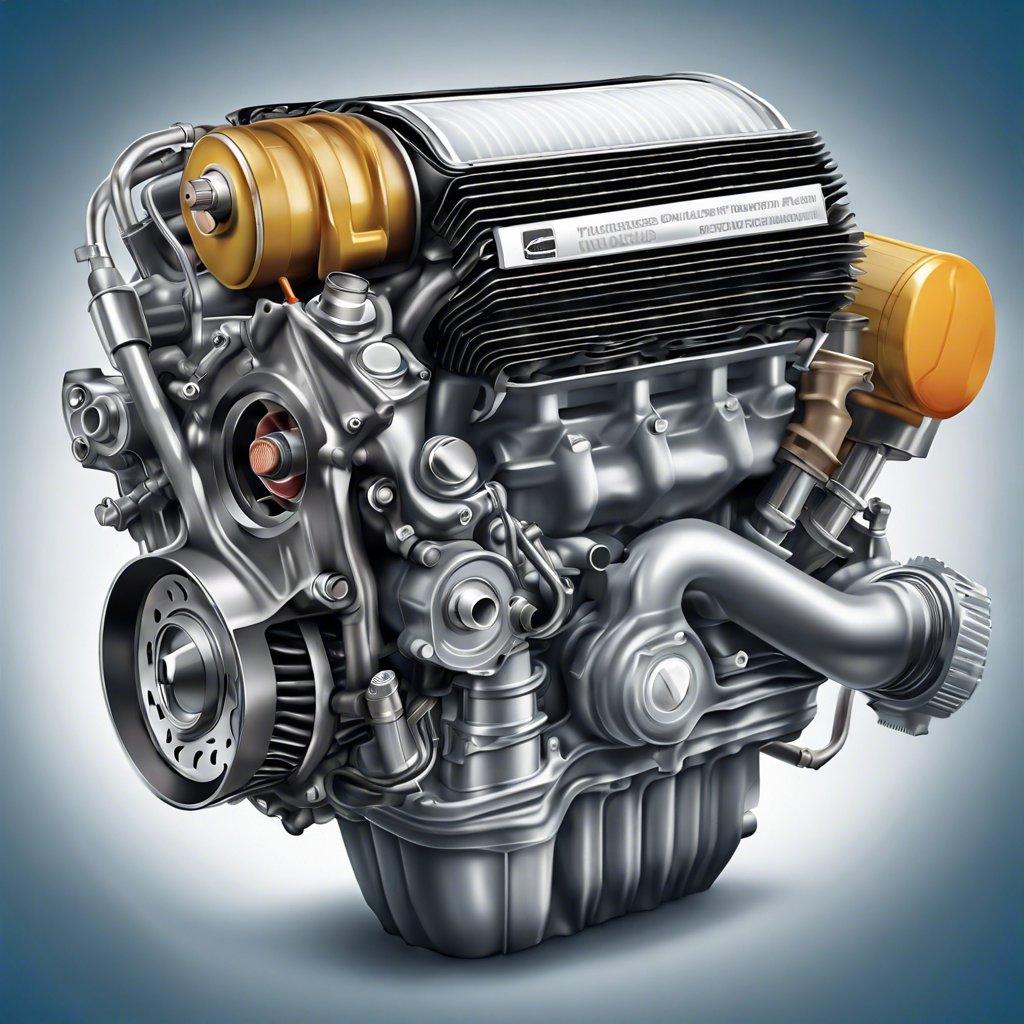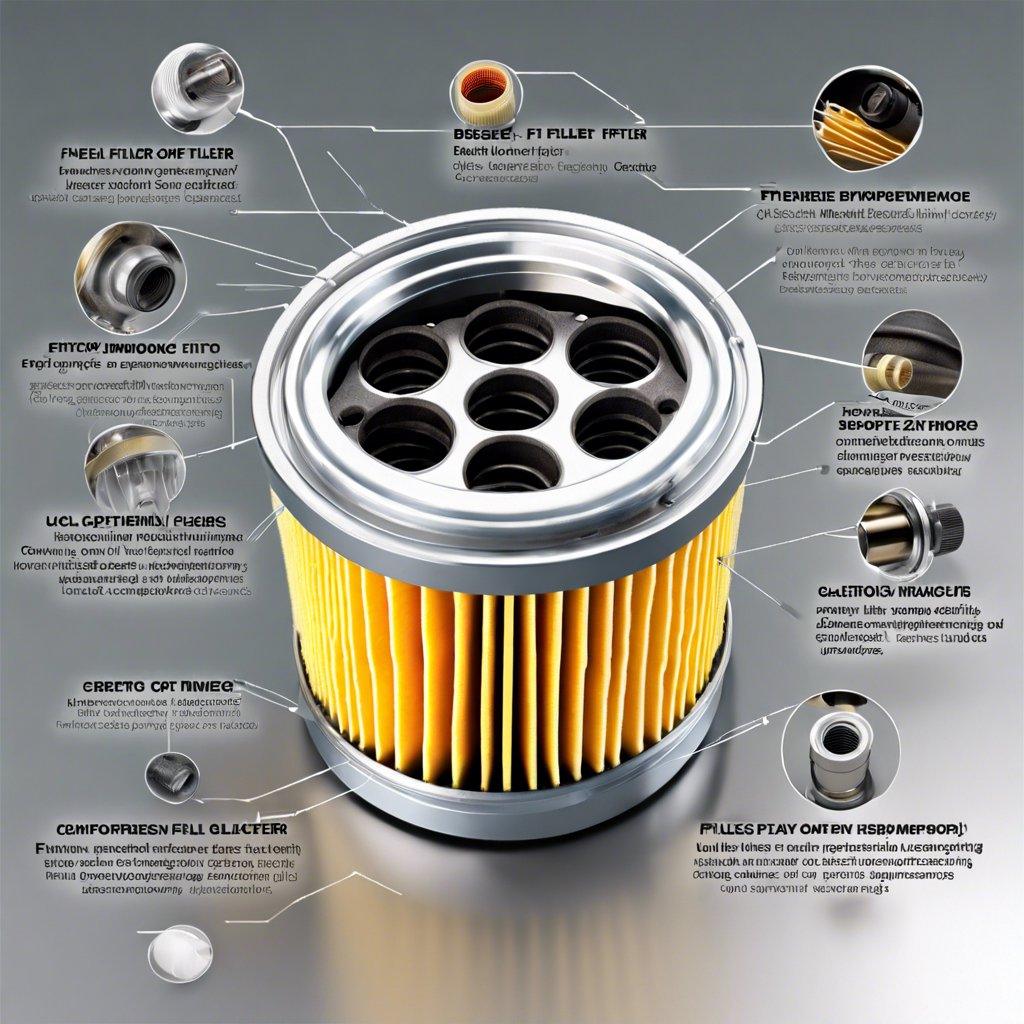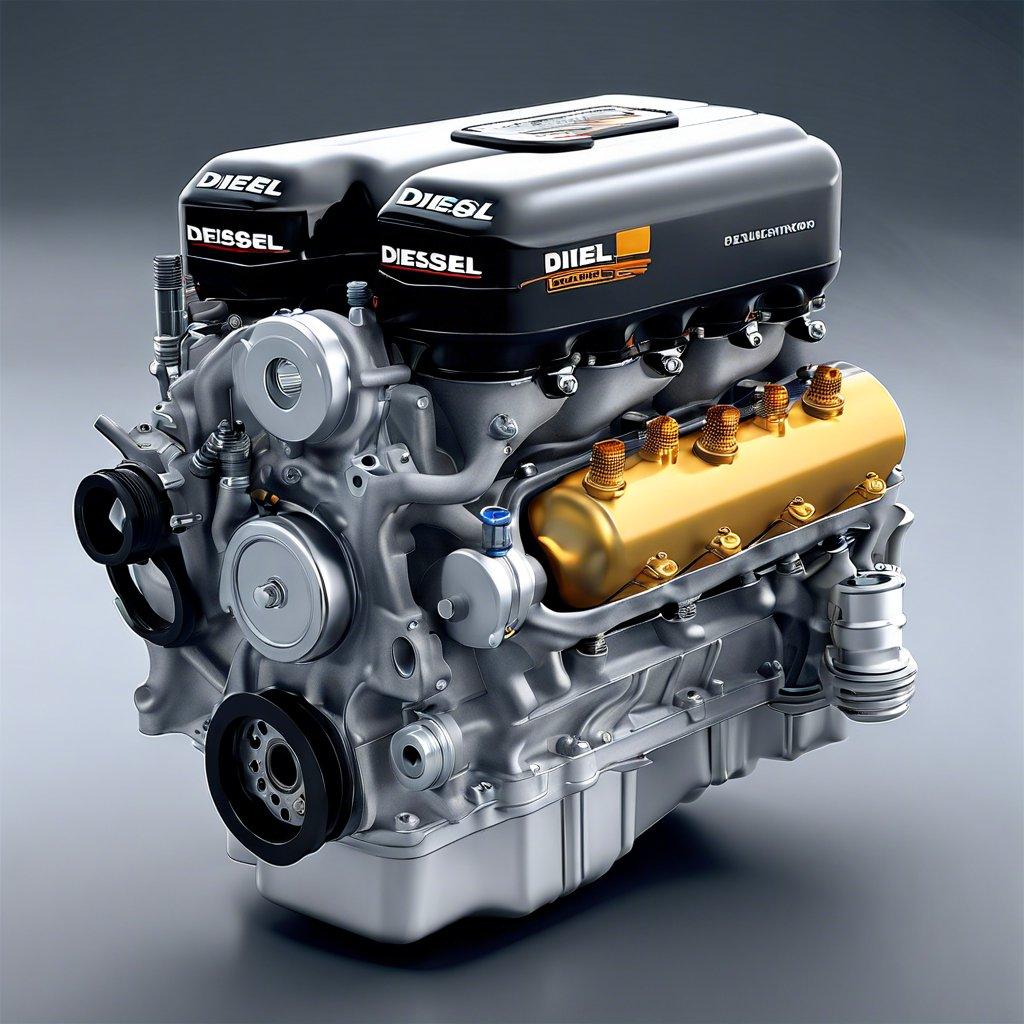How to Remove a Fuel Filter Safely
Safeguarding Your Fuel System: A Comprehensive Guide to Fuel Filter Replacement

Maintaining the health of your vehicle’s fuel system is crucial for optimal performance and longevity. One essential component in this process is the fuel filter, which plays a vital role in removing contaminants and ensuring the smooth flow of fuel to the engine. In this comprehensive guide, we will explore the steps to safely remove and replace your vehicle’s fuel filter, ensuring the integrity of your fuel system.
Preparation and Safety Considerations
Before beginning the fuel filter replacement process, it is important to take the necessary safety precautions. Fuel systems operate under pressure and handling them improperly can result in serious consequences. Ensure that you have the appropriate personal protective equipment (PPE), such as safety glasses, gloves, and a well-ventilated work area.
Locating the Fuel Filter
The location of the fuel filter can vary depending on the make and model of your vehicle. Consult your owner’s manual or service documentation to identify the precise location of the fuel filter. It is typically situated along the fuel line, either near the fuel tank or the engine.
Depressurizing the Fuel System
Before attempting to remove the fuel filter, it is crucial to depressurize the fuel system. This can be done by disconnecting the negative battery cable and allowing the system to vent. Failure to depressurize the system can result in a fuel leak or even a fire hazard.
Fuel Filter Removal
Once the fuel system is depressurized, you can proceed with the fuel filter removal. Carefully disconnect the fuel lines from the filter, ensuring that any spilled fuel is contained and properly disposed of. Avoid using excessive force, as this can damage the fuel lines or other components. With the fuel lines disconnected, you can then remove the fuel filter from its mounting location.
Fuel Filter Replacement
When installing the new fuel filter, ensure that the flow direction is correct, as indicated by the arrows or markings on the filter. Reconnect the fuel lines, taking care to secure the connections properly. Do not overtighten the fittings, as this can lead to future issues.
Restoring the Fuel System
After replacing the fuel filter, reconnect the negative battery cable and turn on the ignition to allow the fuel system to pressurize. Check for any leaks or drips, and address any issues before starting the engine. Once the system is fully pressurized, you can start the engine and verify that the fuel filter replacement was successful.
Replacing your vehicle’s fuel filter is a crucial maintenance task that helps to safeguard the health of your fuel system. By following the steps outlined in this guide and prioritizing safety, you can ensure a successful fuel filter replacement and maintain the optimal performance of your vehicle.
Key Takeaways
- Ensure proper safety precautions, including PPE and a well-ventilated work area.
- Locate the fuel filter and depressurize the fuel system before removal.
- Carefully disconnect the fuel lines and remove the old fuel filter.
- Install the new fuel filter, ensuring correct flow direction and secure connections.
- Restore the fuel system, check for leaks, and verify the successful replacement.
| Task | Importance |
|---|---|
| Fuel Filter Replacement | High |
| Fuel System Maintenance | Critical |
| Fuel System Safety | Paramount |
Mastering the Art of Fuel Filter Removal: Techniques for a Seamless Procedure
Preparation and Safety Precautions
Before attempting to remove a fuel filter, it is crucial to ensure a safe and efficient process. Wear appropriate personal protective equipment (PPE), including safety glasses, gloves, and a well-ventilated work area. Ensure the vehicle is parked on a level surface and the engine is turned off to prevent any accidental ignition.
Identify the location of the fuel filter, which is typically situated along the fuel line, often near the fuel tank or engine. Consult your vehicle’s owner’s manual or service information to determine the precise location of the fuel filter.
Fuel Line Disconnection
Carefully disconnect the fuel lines from the fuel filter, ensuring to have a container ready to catch any residual fuel. Use the appropriate tools and techniques to avoid damaging the fuel lines or connections.
Once the fuel lines are disconnected, proceed to remove the fuel filter. Depending on the design, the filter may be secured by clamps, brackets, or threaded connections. Gently loosen and remove the filter, taking care not to spill or splash any remaining fuel.
Fuel System Inspection and Replacement
Inspect the fuel system for any signs of damage or wear, such as leaks, cracks, or deterioration. If necessary, replace any damaged components, including the fuel filter, to ensure the system’s integrity. Refer to the manufacturer’s specifications for the appropriate replacement fuel filter and installation instructions.
Fuel System Priming and Testing
| Step | Action |
|---|---|
| 1 | Prime the fuel system by turning the ignition to the “ON” position without starting the engine. |
| 2 | Check for any fuel leaks or drips, and address them promptly. |
| 3 | Start the engine and observe its performance, ensuring smooth operation and no issues. |
Proper Disposal
- Dispose of the used fuel filter and any spilled fuel in accordance with local environmental regulations.
- Ensure the work area is clean and free of any fuel or oil residue.
Fuel Filter Changeover: Ensuring a Secure and Efficient Transition
Preparing for the Fuel Filter Changeover
Proper preparation is key to successfully and safely replacing a fuel filter. Gather the necessary tools, including a fuel filter wrench, a drain pan, and clean rags. Ensure the engine is cool and the fuel system is depressurized before beginning the process.
Draining the Fuel System
Locate the fuel filter, typically positioned along the fuel line or near the fuel tank. Place the drain pan underneath to catch any fuel that may spill during the removal process. Carefully loosen the fuel filter, allowing the fuel to drain into the pan.
Disconnecting the Fuel Filter
Once the fuel has drained, completely remove the fuel filter. Inspect the filter for any signs of damage or excessive buildup, and make note of the filter’s orientation to ensure the new one is installed correctly.
Installing the New Fuel Filter
Apply a thin coat of clean engine oil to the gasket of the new fuel filter. Carefully thread the new filter into place, ensuring it is securely tightened. Reconnect any fuel lines and turn the engine on to check for any leaks.
Purging the Fuel System
After the new fuel filter is installed, the fuel system may need to be purged to remove any air pockets. Refer to the vehicle’s service manual for the recommended procedure, which may involve using a hand pump or running the engine until the system is fully primed.
Verifying the Fuel Filter Changeover
| Step | Action |
|---|---|
| 1 | Check for any fuel leaks around the new fuel filter |
| 2 | Ensure the engine is running smoothly without any interruptions or misfiring |
| 3 | Monitor the fuel system pressure to confirm it is within the recommended range |
Proper Disposal of the Old Fuel Filter
Dispose of the old fuel filter and any spilled fuel in accordance with local environmental regulations. Do not discard them with regular household waste.
Optimizing Fuel System Performance: Strategies for Safe and Effective Fuel Filter Maintenance
Understanding the Role of Fuel Filters
Fuel filters play a crucial role in maintaining the overall health and efficiency of a vehicle’s fuel system. They act as a barrier, trapping contaminants and debris that can otherwise clog injectors, damage fuel pumps, and compromise engine performance. Regular fuel filter replacement is essential to ensure optimal fuel system performance and prevent costly repairs.
Preparing for Fuel Filter Replacement
Before attempting to replace a fuel filter, it is important to take the necessary safety precautions. Fuel system components can be under high pressure, and the presence of flammable fuel increases the risk of fire or explosion. Ensure that the work area is well-ventilated and free of any potential ignition sources.
Step-by-Step Fuel Filter Replacement
- Locate the fuel filter: Consult your vehicle’s service manual to identify the location of the fuel filter. It is typically located along the fuel line, either near the fuel tank or the engine.
- Relieve fuel system pressure: To release the pressure in the fuel system, start the engine and let it run until it stalls, or use a fuel pressure relief tool if available.
- Disconnect the fuel lines: Carefully disconnect the fuel lines from the filter, taking note of their position and orientation to ensure proper reinstallation.
- Remove the old fuel filter: Unscrew or disconnect the filter from its mounting and dispose of it properly, following local environmental regulations.
-
Install the new fuel filter:
Ensure that the new filter is compatible with your vehicle’s specifications and install it in the reverse order of removal, taking care to orient the filter correctly.
-
Reconnect the fuel lines:
Reconnect the fuel lines to the new filter, ensuring a secure and leak-free connection.
-
Start the engine and check for leaks:
Start the engine and inspect the fuel filter and fuel lines for any signs of leakage. If any leaks are detected, address them immediately.
Maintaining Fuel System Cleanliness
In addition to regular fuel filter replacement, it is important to maintain the cleanliness of the entire fuel system. Consider using fuel system cleaners or additives to help remove deposits and improve fuel atomization, ultimately enhancing engine performance and fuel efficiency.
| Fuel Filter Replacement Interval | Recommended Frequency |
|---|---|
| Gasoline Vehicles | Every 30,000 to 50,000 miles |
| Diesel Vehicles | Every 10,000 to 15,000 miles |
Remember, the frequency of fuel filter replacement may vary depending on your vehicle’s manufacturer recommendations and driving conditions. Consult your owner’s manual or a professional technician for the specific guidance for your vehicle.




Post Comment